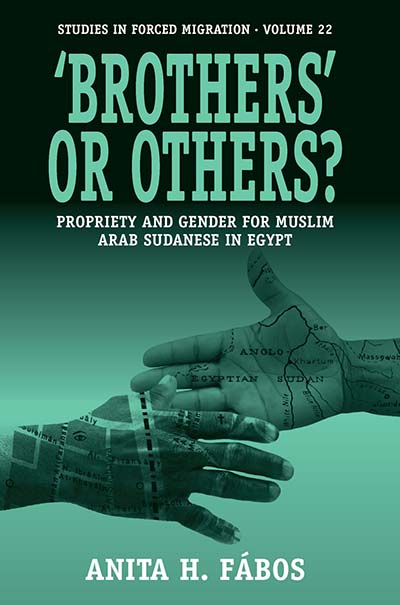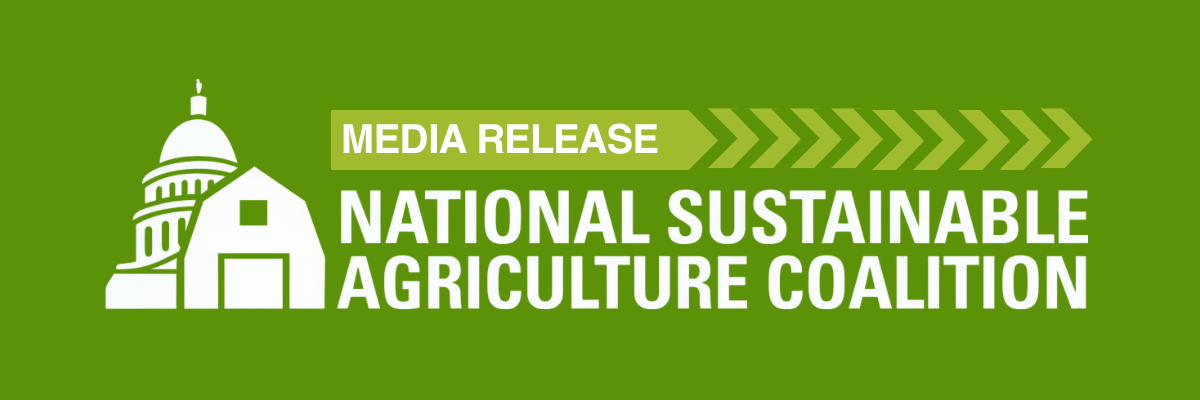Angola: Inclusive Finance Key to Poverty Alleviation – Mirage News

Angola Economic Report: Leveraging Inclusive Finance for Sustainable Development
Executive Summary: Economic Performance and Future Outlook
In 2024, Angola demonstrated its most significant economic expansion since 2014, with real Gross Domestic Product (GDP) growth reaching 4.4%. This growth was primarily fueled by a recovery in the oil sector, increased diamond extraction, and robust expansion in commerce and fishing industries. However, this recent upturn follows a prolonged period of economic stagnation from 2016 to 2020, during which the economy contracted by an average of 2.1% annually. The projected average growth of 2.9% from 2025 to 2027 is considered insufficient to substantially improve living standards or make significant progress towards SDG 1 (No Poverty). The economy’s heavy reliance on the oil sector underscores a critical vulnerability to global price fluctuations, highlighting the urgent need for economic diversification to ensure progress towards SDG 8 (Decent Work and Economic Growth).
The Role of Inclusive Financial Development in Achieving SDGs
A recent World Bank Group report, “Boosting Growth with Inclusive Financial Development,” identifies the promotion of an inclusive financial sector as a critical pathway for Angola to achieve sustainable and equitable growth. Addressing financial exclusion is paramount to unlocking the nation’s development potential and advancing several Sustainable Development Goals.
Challenges to Financial Inclusion and Equality
- Significant Inequality: There is a substantial disparity in access to formal financial services, with rural populations being particularly underserved. This gap hinders progress on SDG 10 (Reduced Inequalities).
- Gender and Age Disparities: Women and older adults face heightened barriers to financial access, directly impacting efforts related to SDG 5 (Gender Equality) and overall social inclusion.
- Limited Access to Services: Compared to regional counterparts, Angolan households have notably less access to essential financial tools such as credit, savings accounts, and digital payment systems.
Connecting Financial Inclusion to Sustainable Growth
- Economic Empowerment: Expanding access to banking, credit, and insurance empowers small businesses, farmers, and entrepreneurs. This stimulates productivity and job creation, which are central tenets of SDG 8 (Decent Work and Economic Growth).
- Poverty and Inequality Reduction: By providing marginalized communities with the tools to build assets and manage financial risks, financial inclusion directly contributes to poverty alleviation (SDG 1) and reduces income inequality (SDG 10).
- Infrastructure and Innovation: The expansion of digital banking and mobile payment systems represents a significant opportunity to build resilient financial infrastructure (SDG 9: Industry, Innovation, and Infrastructure) and reach previously unbanked populations, fostering broad-based economic resilience.
Strategic Reforms for a Resilient and Inclusive Economy
The report outlines a series of essential reforms designed to foster a more robust, inclusive, and diversified financial sector in Angola. The successful implementation of these measures is crucial for creating sustainable growth and achieving national development objectives aligned with the SDGs.
Key Policy Recommendations
- Develop Digital Payment Ecosystems: Expand the availability and use of digital financial services, particularly in remote and rural areas, to build modern and inclusive infrastructure (SDG 9).
- Enhance Accessibility and Usability: Ensure that digital payment systems are intuitive and accessible for all segments of the population, including those with limited literacy, to reduce inequality (SDG 10).
- Support Micro, Small, and Medium Enterprises (MSMEs): Establish a favorable regulatory framework and promote lending initiatives to increase access to finance for MSMEs, a key driver for job creation and economic growth (SDG 8).
- Strengthen Institutional Integrity: Implement the Financial Action Task Force (FATF) action plan to address deficiencies in the Anti-Money Laundering and Counter-Terrorist Financing (AML/CFT) framework, contributing to SDG 16 (Peace, Justice and Strong Institutions).
- Expand Insurance Services: Increase access to insurance products for individuals and MSMEs, including innovative solutions like weather-based index insurance for the agricultural sector, to build resilience against shocks and support food security (SDG 1 and SDG 2).
Analysis of Sustainable Development Goals in the Article
1. Which SDGs are addressed or connected to the issues highlighted in the article?
- SDG 1: No Poverty – The article directly links economic growth and financial inclusion to “poverty alleviation” and improving “living standards.”
- SDG 5: Gender Equality – The text explicitly states that financial exclusion particularly affects “women,” making gender equality a relevant goal.
- SDG 8: Decent Work and Economic Growth – This is a central theme, focusing on “real Gross Domestic Product (GDP) growth,” “economic diversification,” “job creation,” and the role of the financial sector in supporting “Microcredit and Small and Medium Enterprises (MSME).”
- SDG 9: Industry, Innovation and Infrastructure – The article discusses the need to develop infrastructure like the “Lobito Corridor,” promote “digital banking and mobile payments,” and increase MSMEs’ access to financial services.
- SDG 10: Reduced Inequalities – The report highlights “significant inequality and exclusion, particularly in rural areas” and among “older adults.” It argues that financial inclusion can “reduce income inequality.”
- SDG 16: Peace, Justice and Strong Institutions – The recommendation to implement the “Financial Action Task Force action plan” and address deficiencies in the “Anti-Money Laundering and Counter-Terrorist Financing (AML/CFT) Framework” relates to building effective and accountable institutions.
2. What specific targets under those SDGs can be identified based on the article’s content?
- Target 1.4: “ensure that all men and women, in particular the poor and the vulnerable, have equal rights to economic resources, as well as access to basic services… and financial services, including microfinance.” The article’s core message about boosting “inclusive financial development” to help marginalized groups directly aligns with this target.
- Target 5.a: “Undertake reforms to give women equal rights to economic resources, as well as access to… financial services.” The article’s specific mention that “women… are particularly affected” by limited access to banking services connects directly to this target.
- Target 8.1: “Sustain per capita economic growth in accordance with national circumstances.” The article discusses Angola’s GDP growth rates (4.4% in 2024) and the need for “robust growth” to overcome stagnation.
- Target 8.2: “Achieve higher levels of economic productivity through diversification, technological upgrading and innovation.” The article repeatedly emphasizes the need for Angola to “diversify its economy and reduce reliance on oil.”
- Target 8.3: “Promote development-oriented policies that support productive activities, decent job creation, entrepreneurship… and encourage the formalization and growth of micro-, small- and medium-sized enterprises, including through access to financial services.” This is supported by the call to promote “lending to MSMEs.”
- Target 8.10: “Strengthen the capacity of domestic financial institutions to encourage and expand access to banking, insurance and financial services for all.” The entire article is framed around this target, advocating for reforms to create a “robust and inclusive financial sector.”
- Target 9.3: “Increase the access of small-scale industrial and other enterprises… to financial services, including affordable credit.” The focus on providing finance for “Microcredit and Small and Medium Enterprises (MSME)” is a direct link.
- Target 9.c: “Significantly increase access to information and communications technology and strive to provide universal and affordable access to the Internet.” The promotion of “digital banking and mobile payments” to reach “remote areas” aligns with this goal.
- Target 10.2: “empower and promote the social, economic and political inclusion of all, irrespective of age, sex… or economic or other status.” The article’s focus on addressing the exclusion of “rural areas,” “women and older adults” through financial inclusion directly supports this target.
- Target 16.4: “significantly reduce illicit financial… flows… and combat all forms of organized crime.” The recommendation to address deficiencies in the “Anti-Money Laundering and Counter-Terrorist Financing (AML/CFT) Framework” is a direct action towards this target.
3. Are there any indicators mentioned or implied in the article that can be used to measure progress towards the identified targets?
- Real GDP growth rate (Indicator 8.1.1): The article explicitly mentions this indicator, citing “real Gross Domestic Product (GDP) growth reaching 4.4% in 2024” and projecting an average of 2.9% from 2025 to 2027.
- Proportion of population with access to financial services (related to Indicator 8.10.2): The article implies this is a key metric by stating that “Angolan households have less access to credit, savings, and digital financial services” and that access is limited in “rural areas.” Progress would be measured by an increase in this proportion, especially for women and rural populations.
- Access to finance for MSMEs (related to Indicators 8.3.2 and 9.3.2): The article highlights the need to improve “lending to MSMEs” and “access to finance for Microcredit and Small and Medium Enterprises.” An implied indicator is the volume of credit extended to MSMEs or the proportion of MSMEs with a loan or line of credit.
- Access to digital financial services (related to Indicator 8.10.2): The article points to the “rise of digital banking and mobile payments” as an opportunity. An indicator would be the percentage of the population using these services, particularly in “underserved” and “remote areas.”
- Compliance with AML/CFT framework (related to Indicator 16.4.1): The recommendation to implement the “Financial Action Task Force action plan” implies that progress can be measured by Angola’s level of compliance with international AML/CFT standards.
4. Summary Table of SDGs, Targets, and Indicators
| SDGs | Targets | Indicators (Mentioned or Implied in the Article) |
|---|---|---|
| SDG 1: No Poverty | 1.4: Equal rights to economic resources and access to financial services for the poor and vulnerable. | Proportion of population in rural/vulnerable groups with access to financial services. |
| SDG 5: Gender Equality | 5.a: Equal rights for women to economic resources, including financial services. | Proportion of women with access to formal banking, credit, and savings. |
| SDG 8: Decent Work and Economic Growth | 8.1: Sustain per capita economic growth. 8.2: Achieve economic productivity through diversification. 8.3: Promote policies for MSME growth through access to finance. 8.10: Expand access to banking, insurance, and financial services for all. |
Real GDP growth rate (explicitly stated as 4.4% in 2024). Share of non-oil sectors in GDP. Volume of lending to MSMEs. Proportion of adults with a bank account or using digital financial services. |
| SDG 9: Industry, Innovation and Infrastructure | 9.3: Increase access of small-scale enterprises to financial services. 9.c: Increase access to information and communications technology. |
Proportion of small-scale enterprises with a loan or line of credit. Uptake of digital banking and mobile payments, especially in remote areas. |
| SDG 10: Reduced Inequalities | 10.2: Empower and promote the social and economic inclusion of all. | Disparities in financial access between urban (Luanda) and rural areas, and across gender and age groups. |
| SDG 16: Peace, Justice and Strong Institutions | 16.4: Reduce illicit financial flows. | Level of compliance with the Financial Action Task Force (FATF) action plan and AML/CFT framework. |
Source: miragenews.com

What is Your Reaction?
 Like
0
Like
0
 Dislike
0
Dislike
0
 Love
0
Love
0
 Funny
0
Funny
0
 Angry
0
Angry
0
 Sad
0
Sad
0
 Wow
0
Wow
0









































































